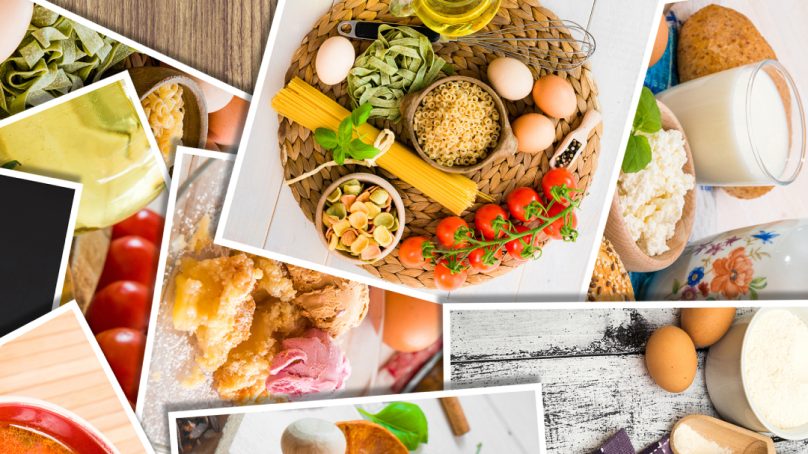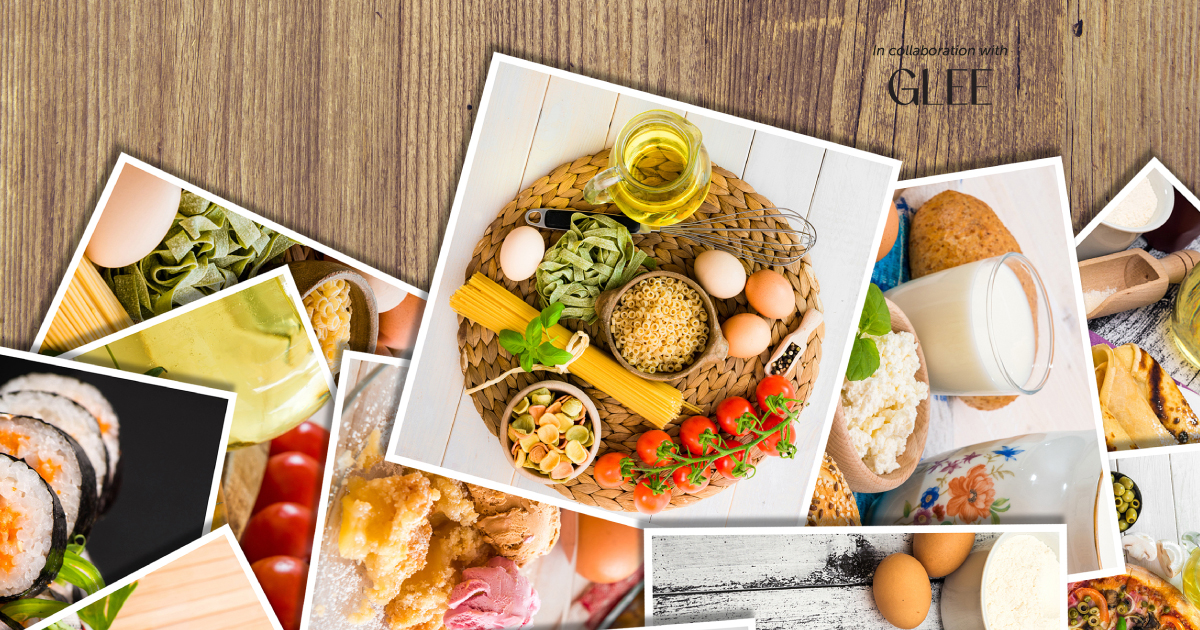

In today’s interconnected world, the boundaries between cultures are becoming increasingly permeable, and nowhere is this more evident than in the field of cuisine. Borderless cuisine, a culinary movement that transcends geographical and cultural borders, is on the rise, and it’s changing the way we think about food. While this transformation can be attributed to many factors, it leaves us in no doubt that food, as a language, transcends borders.
Some of the key factors contributing to the rise of borderless cuisine include:
Globalization: the rapid globalization of our world has brought people from different cultures closer together. More international travel, migration and communication
have led to greater exchange of ideas, ingredients and cooking techniques. These have merged to create a fusion of flavors. Globalization encourages people to explore and embrace diverse culinary traditions and integrate them into their daily lives.
Cultural exchange: in the age of the shows take us on a virtual journey to various corners of the world, inspiring us to try new dishes. This cultural exchange sparks curiosity and encourages experimentation with unfamiliar ingredients and techniques. We are simply more open to trying new things.
driver of borderless cuisine. As people from different cultures settle in new countries, they bring their traditional recipes and cooking methods with them. These immigrant communities create a rich tapestry of flavors and dishes that become part of the culinary landscape of their adopted homes. This cross-cultural pollination has resulted in the creation of unique hybrid cuisines that resonate with people from various backgrounds. Trust me, I am Australian and our cuisine is based on the incredible food history of immigrants to the country.
There are a number of culinary trends currently making waves. Four that immediately spring to mind are:
Fusion cuisine: this is at the forefront of the borderless culinary movement. Chefs are mixing and matching ingredients and techniques from different cultures to create exciting, harmonious combinations. Dishes like sushi burritos, kimchi tacos and Indian-inspired pizzas are prime examples of how fusion cuisine is pushing the boundaries of traditional culinary norms.
Plant-based revolution: the global rise in plant-based and vegan diets is another factor contributing to the borderless culinary trend. Plant-based dishes are often free from cultural or geographical constraints, as ingredients like vegetables, grains and legumes are universally accessible. Chefs worldwide are experimenting with plant-based ingredients to create dishes that cater to a diverse array of palates.
Authenticity redefined: the concept of authenticity in cuisine is evolving. It’s no longer about sticking to strict traditional recipes, but rather about embracing a broader perspective. Chefs are encouraged to explore the essence of a cuisine and reinterpret it in ways that appeal to modern tastes. This allows for more creativity and experimentation in the kitchen.
Access to ingredients: the globalization of food supply chains means that ingredients from various parts of the world are readily available in most markets. This accessibility allows chefs and home cooks to experiment with a wide range of ingredients, from exotic spices to rare fruits and vegetables. As a result, they can incorporate diverse elements into their dishes without the limitations of geographical boundaries. The restrictions of ‘in season’ really do not apply anymore.
Chefs worldwide are adapting to the borderless culinary revolution with ease and approaching it with zeal, fueled by inspiration gained from a variety of factors:
Creative freedom: chefs are at the forefront of the borderless culinary movement, using their skills and creativity to push the boundaries of traditional cooking. With the freedom to explore and blend different cuisines, chefs can and are creating unique and exciting flavor-forward profiles that resonate with a wide range of diners.
Training and education: culinary education has adapted to embrace the borderless trend. Culinary schools now emphasize the importance of cross- cultural understanding and experimentation, encouraging future chefs to explore and incorporate a wide range of culinary influences.
Collaboration: chefs are increasingly collaborating with their peers from different culinary backgrounds to create unique dining experiences. These collaborations have led to the creation of fusion dishes and tasting menus that celebrate the best of multiple cuisines in a single meal.
The rise of borderless cuisine is a testament to the ever-evolving nature of our global society. Let us not forget the global phenomenon of international cooking shows like MasterChef, which challenges home cooks to achieve the unimaginable, inspiring all of us to push our own cooking boundaries. As we continue to explore, experiment and create in the kitchen, the future of food promises to be a deliciously borderless one.

Mohamed Saidi,
Senior project manager at Glee Restaurant Consultancy
gleehospitality.com
@gleehospitality













